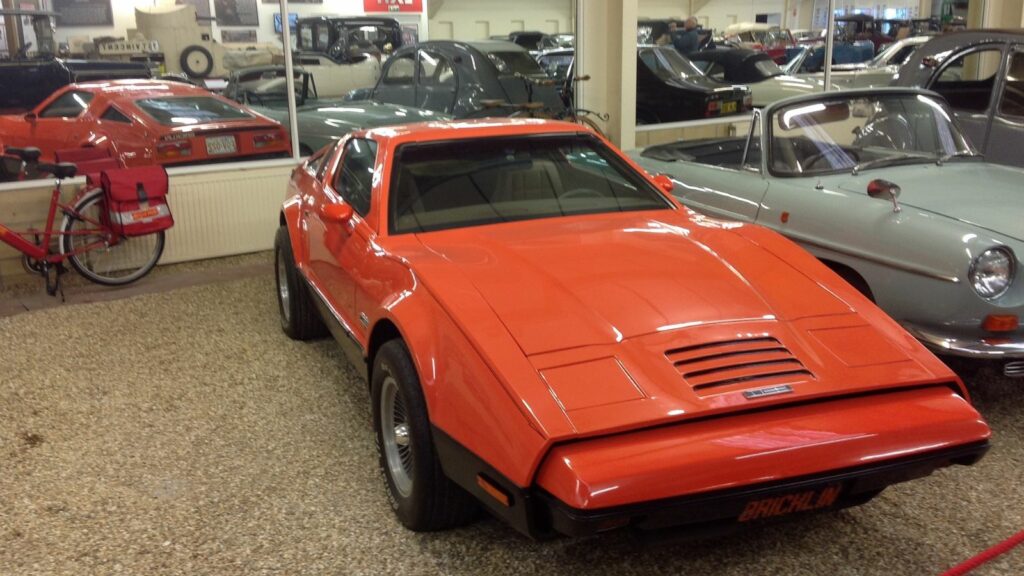Everyone knows the Mustang, Camaro, and Corvette, but American car history is far richer than the usual legends. Tucked away are cars that were ambitious, bizarre, or simply too far ahead of their time. Some were born from dreams of beating Ferrari, others tried to reinvent safety or luxury, and many disappeared quietly into obscurity. Today, they’re the rarest sightings at shows, auctions, or tucked away in garages. Let’s explore ten American cars you’ve probably never heard of, each with a story worth telling.
Kaiser Darrin (1954)
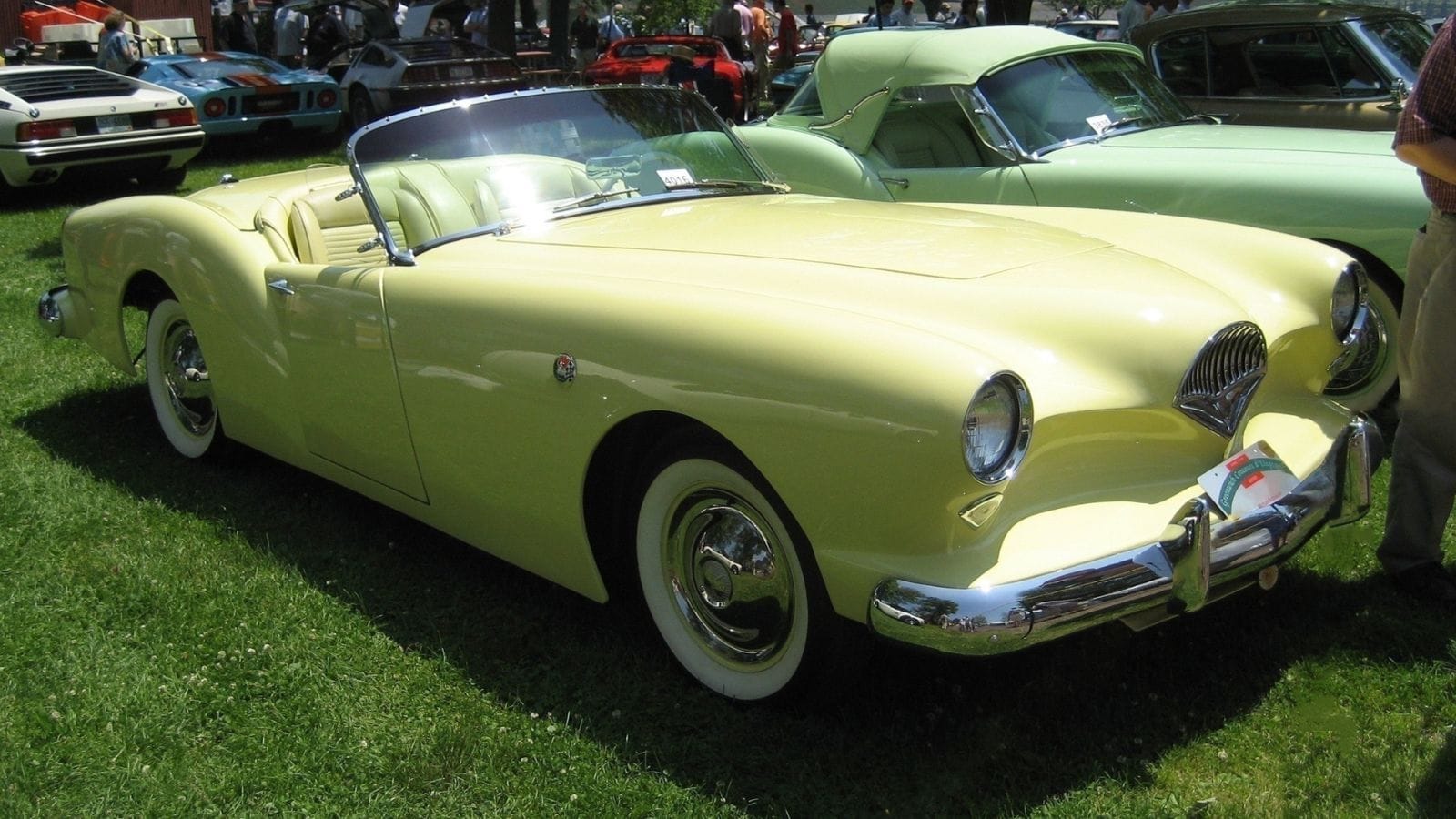
The Kaiser Darrin was one of the earliest American sports cars made from fiberglass, beating the Corvette to market by a few months. Its most famous feature? Sliding doors that vanished into the front fenders, a party trick that still stuns crowds today. Styled by Dutch Darrin, it had beautiful European-inspired lines but was saddled with a modest Willys F-head four-cylinder engine. Performance was more boulevard cruiser than fire-breather, which hurt its chances against the Corvette. Only 435 were built before Kaiser pulled the plug. Today, survivors trade hands for 100,000 dollars or more, especially when restored. Collectors love them as one of the most unique postwar American cars ever made.
AMC AMX/3 (1970)
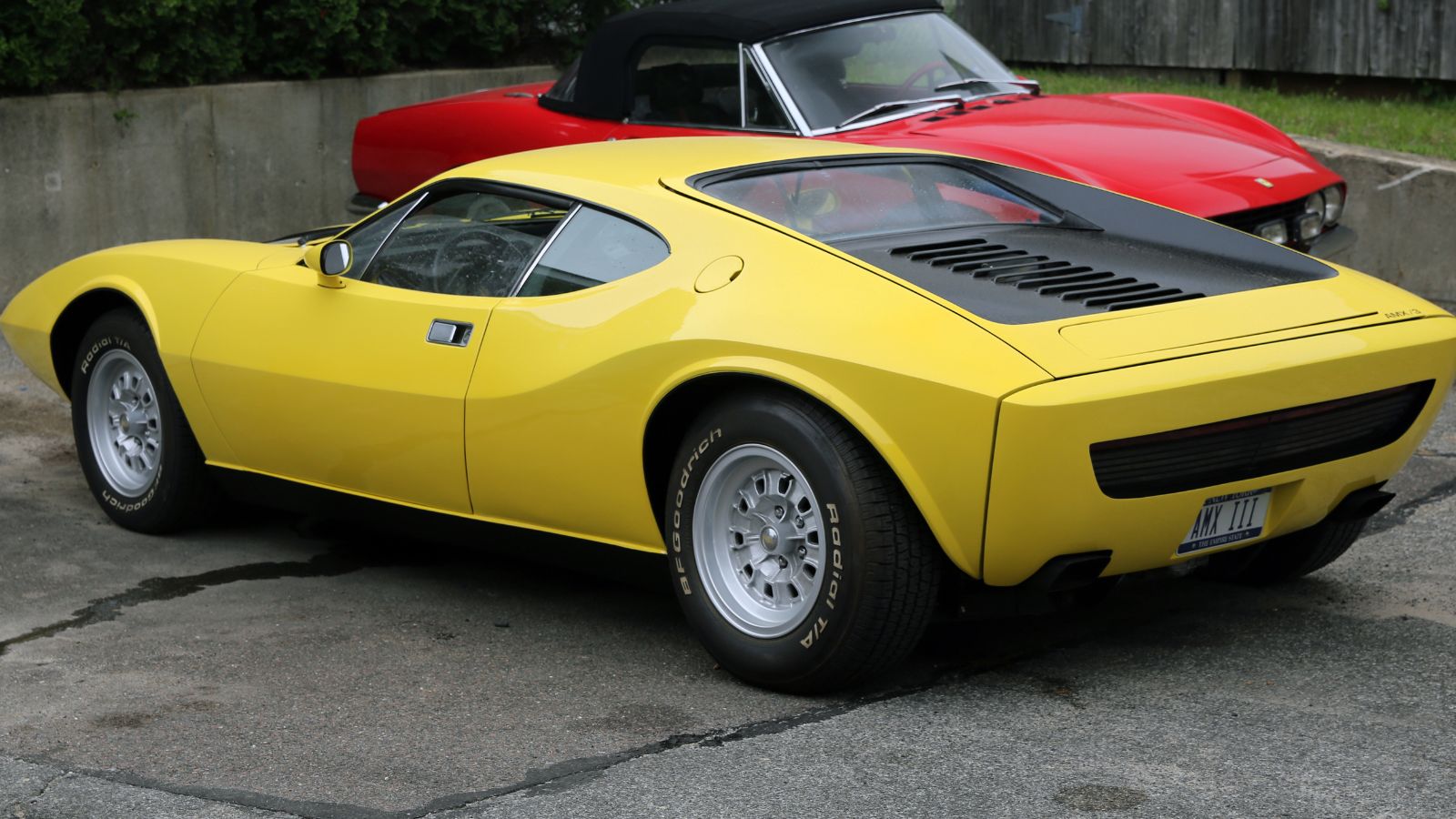
In 1970, AMC shocked everyone by unveiling the AMX/3, a mid-engined exotic that looked like it belonged on an Italian racetrack. Giorgetto Giugiaro handled the design while BMW engineers fine-tuned the chassis, giving the AMX/3 true European pedigree. Under the rear deck sat AMC’s 390 cubic-inch V8, pumping out around 340 horsepower. Unfortunately, the cost of production nearly bankrupted AMC before the car even launched. Only five pre-production cars and one prototype were built, making them museum-grade rarities today. When one crosses the auction block, it can command well over a million dollars. For AMC fans, it’s a tantalizing glimpse of what might have been if America’s smallest carmaker had the money to go toe-to-toe with Ferrari.
Stutz Blackhawk (1971–1987)
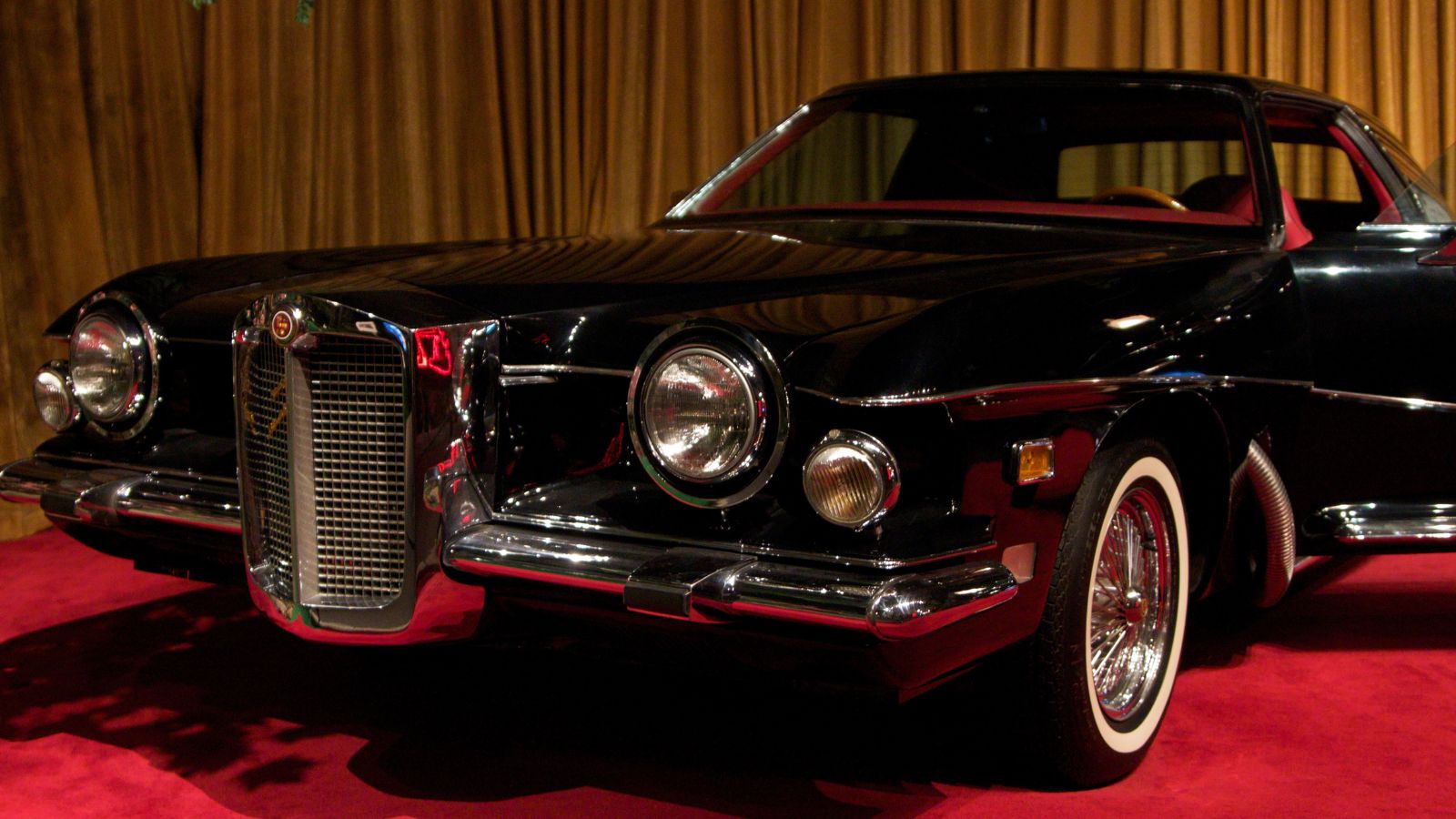
Elvis Presley, Frank Sinatra, Dean Martin, and Evel Knievel all owned Stutz Blackhawks. That tells you everything you need to know about the car’s outrageous personality. Revived in the 70s, the Stutz nameplate was reborn as a luxury coupe based on Pontiac Grand Prix underpinnings, but dressed in hand-built Italian bodywork. Gold-plated trim, acres of leather, and a dash styled like a yacht’s interior made it unapologetically flamboyant. Elvis famously crashed one of his Blackhawks into a Cadillac dealership the night he picked it up. Built in limited numbers, they’re rare today and valued between 50,000 and 150,000 dollars depending on condition and provenance.
Bricklin SV-1 (1974–1976)
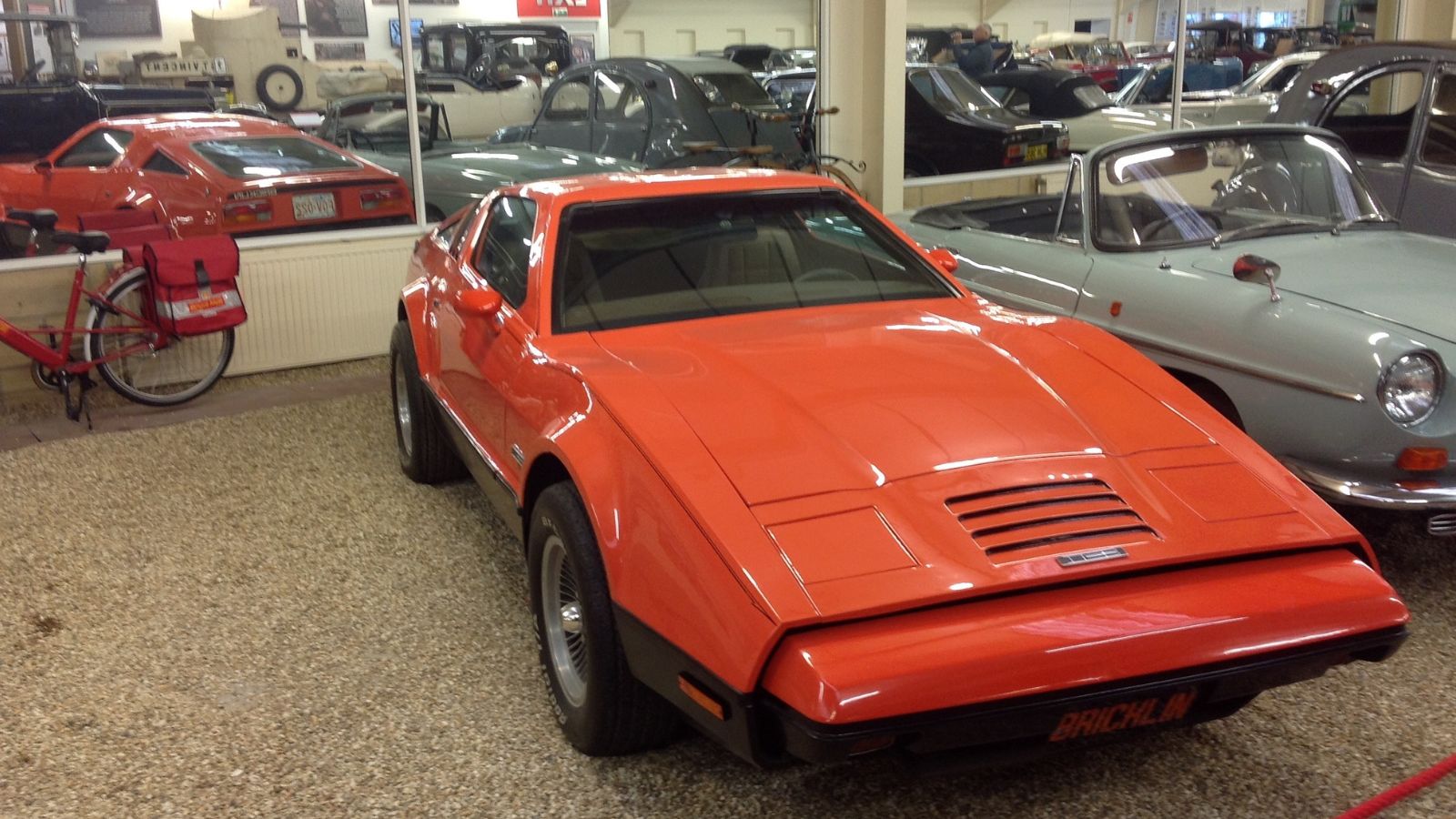
The Bricklin SV-1 was one of the strangest safety-minded sports cars ever produced. Created by Malcolm Bricklin, the SV-1 (short for Safety Vehicle One) had a fiberglass body over a steel frame, built-in roll cage, and hydraulic gullwing doors. It looked futuristic, especially in wild colors like Safety Orange and Lime Green. Power came from either an AMC or Ford V8, but performance never quite matched the wild styling. Quality issues and sky-high costs doomed the project, and only about 2,900 were built before the company collapsed. Today, they can fetch 20,000 to 35,000 dollars. Owners will tell you the doors often failed, stranding drivers in parking lots—a quirk that adds to the legend.
Vector W8 (1990–1993)

The Vector W8 was America’s first attempt at a hypercar, and it made Ferrari and Lamborghini nervous. It packed a twin-turbocharged 6.0 liter V8 making 625 horsepower, with claims of top speeds over 200 mph. Built largely from aerospace materials, it looked like a stealth jet for the road. The catch? It cost over 400,000 dollars in the early 90s, and only 17 were built. Performance was jaw-dropping, but reliability was sketchy, and stories of overheating and quirky electronics haunted owners. Despite that, they’re cult icons today. A well-kept W8 can easily surpass 500,000 dollars at auction, proving America had supercar ambitions long before the modern hypercar era.
De Tomaso Pantera (1971–1992)
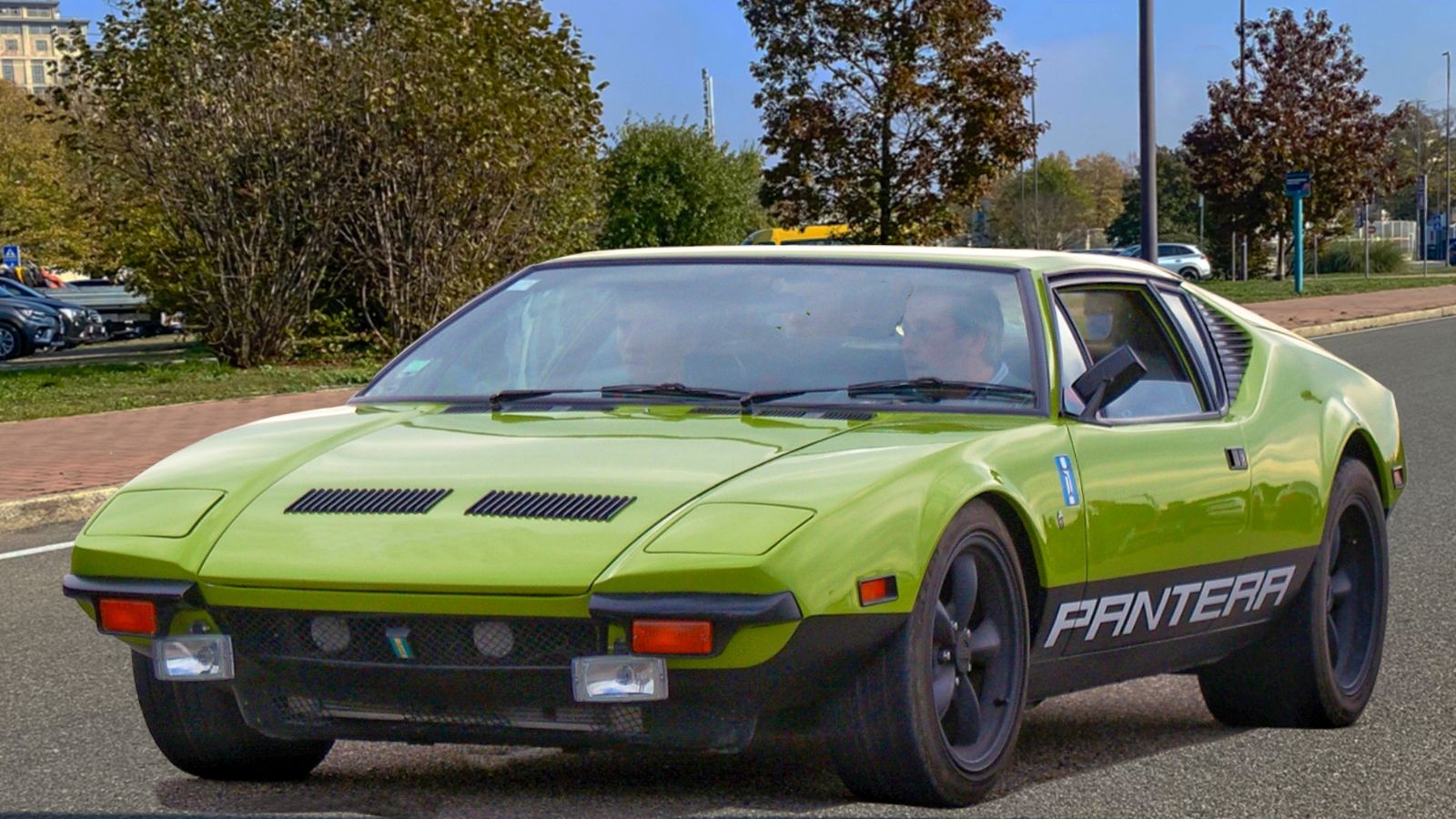
Though born in Italy, the Pantera was very much an American car at heart, sold through Lincoln-Mercury dealerships with a Ford 351 Cleveland V8 mounted behind the driver. Giorgetto Giugiaro’s design gave it wedge-shaped Italian style, while the Ford powertrain made servicing it far less terrifying than a Ferrari. Early Panteras had notorious overheating issues, with owners joking that the car boiled over before the driver did. Still, they became cult favorites, with production continuing into the early 90s. Prices today range from 80,000 dollars for driver-quality examples to over 200,000 for pristine models. Jay Leno famously called it one of the most underrated exotics ever sold in America.
Avanti II (1965–1982)
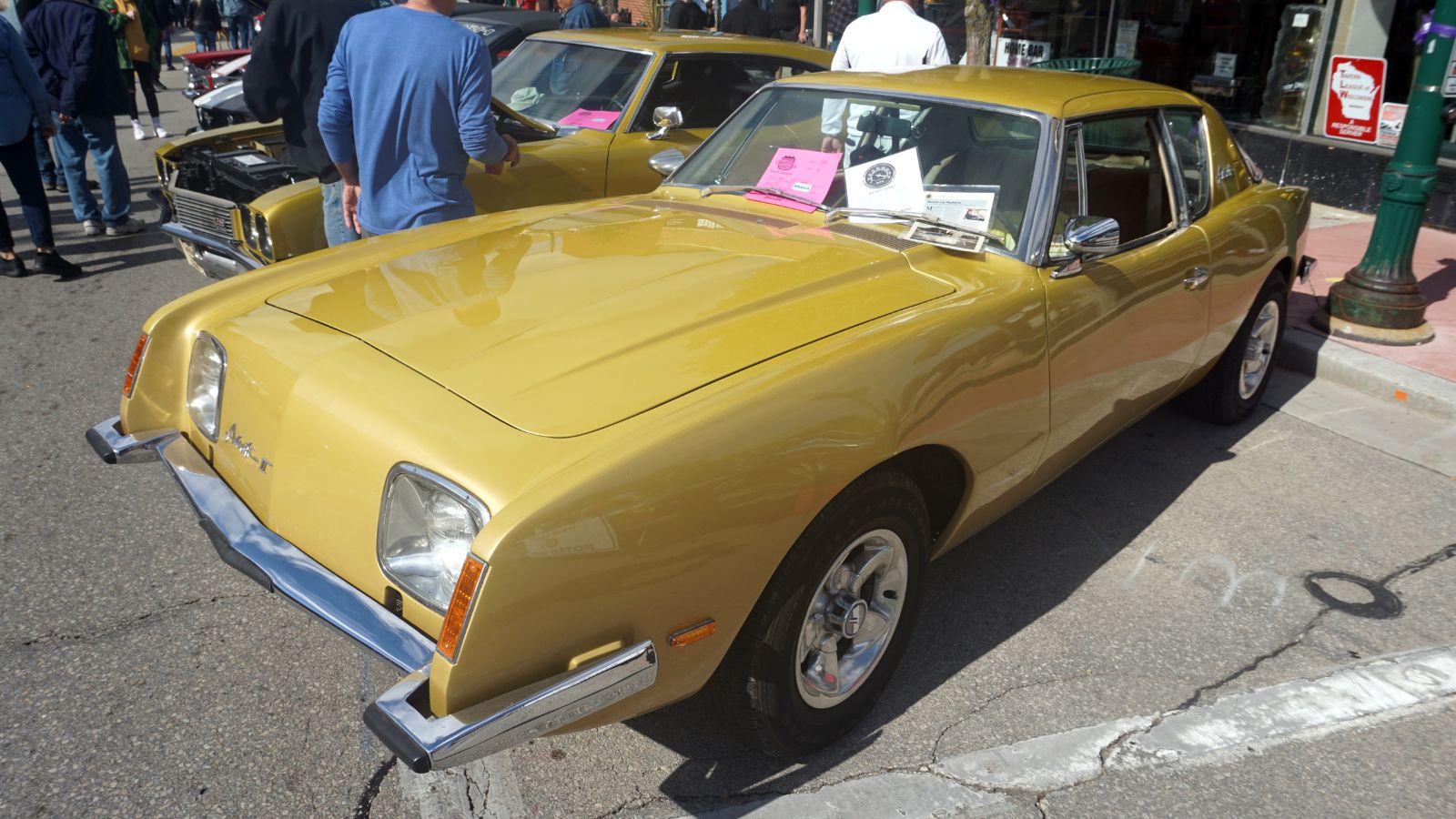
When Studebaker went under, the sleek Avanti should have died too. Instead, a group of investors bought the rights and tooling, keeping it alive as the Avanti II. Hand-built in tiny numbers, the Avanti II retained Raymond Loewy’s timeless design but swapped in Chevrolet small-block V8s for power. Each car was nearly bespoke, with owners choosing paint, trim, and interiors to taste. Production was slow, sometimes just a handful of cars per month, which makes them rare sights today. Collectors value them between 20,000 and 40,000 dollars, with pristine examples nudging higher. They remain proof that even after a company’s death, a great design can live on.
Mosler Consulier GTP (1985–1993)
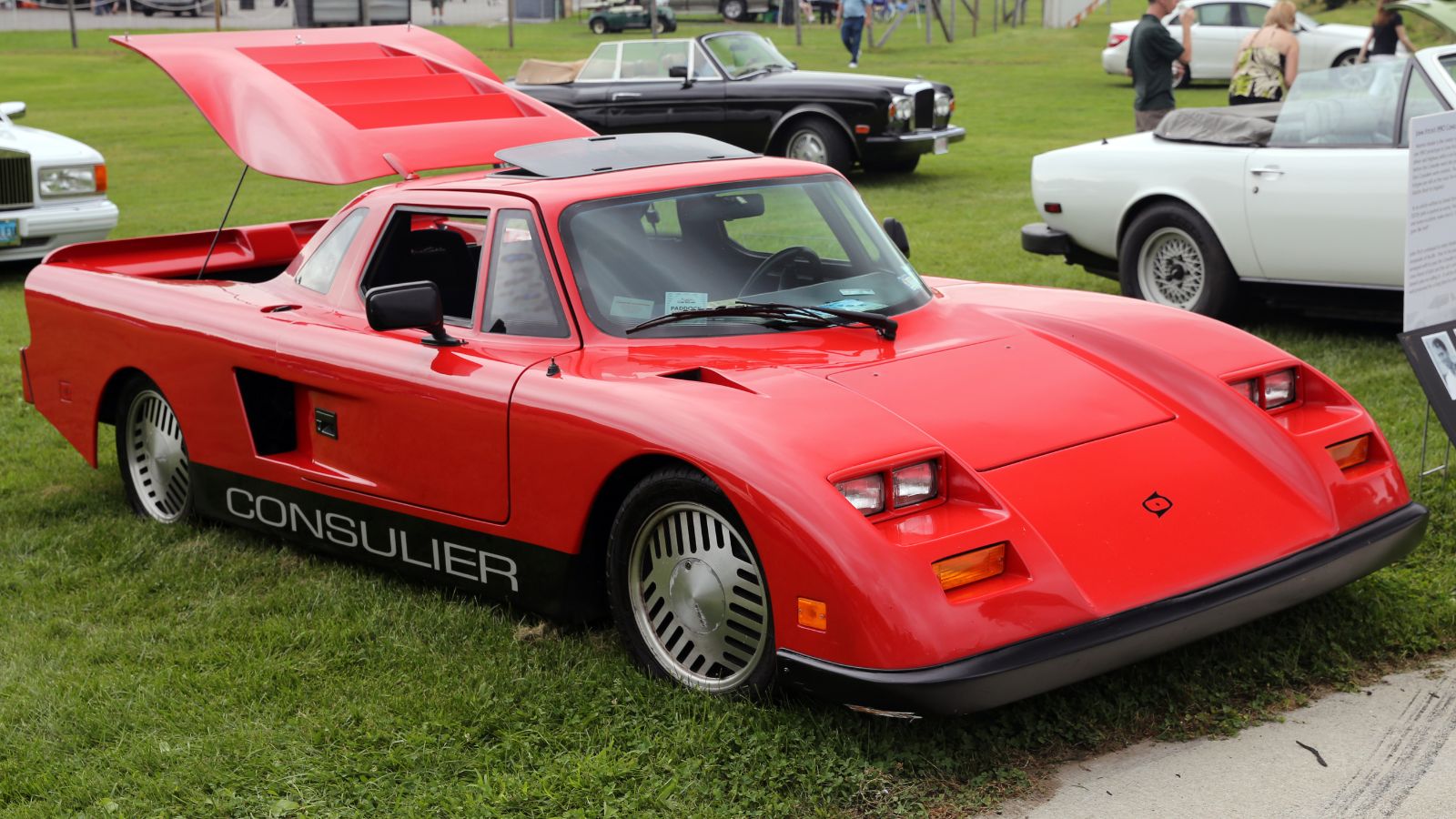
The Consulier GTP was a featherweight, carbon-composite sports car designed by Warren Mosler to embarrass Porsches on the track. Powered by a turbocharged Chrysler four-cylinder, it didn’t look like much, but its power-to-weight ratio made it a giant killer. It was so dominant in IMSA competition that it was eventually banned for being too fast. Street versions were crude but brutally quick. Fewer than 100 were ever built, making them oddball collectibles today. Prices range from 50,000 to 100,000 dollars, but they appeal more to hardcore enthusiasts than casual collectors. Owners love telling the story of driving a “plastic car” that humbled far more exotic machines.
Checker Marathon (1961–1982)

Most people know the Checker Marathon as New York’s iconic yellow cab, but Checker also sold civilian versions. They were massive inside, overbuilt, and designed to take punishment for decades. Families who bought them basically owned their own taxi, complete with jump seats in the back. While they weren’t glamorous, their charm lies in being indestructible workhorses. Today, a civilian Checker Marathon in good condition can bring 15,000 to 30,000 dollars, with ex-taxis usually worth less. Collectors prize them for their nostalgic value—few cars scream “classic America” like a Checker rolling through a city street.
Cunningham C3 (1952–1955)
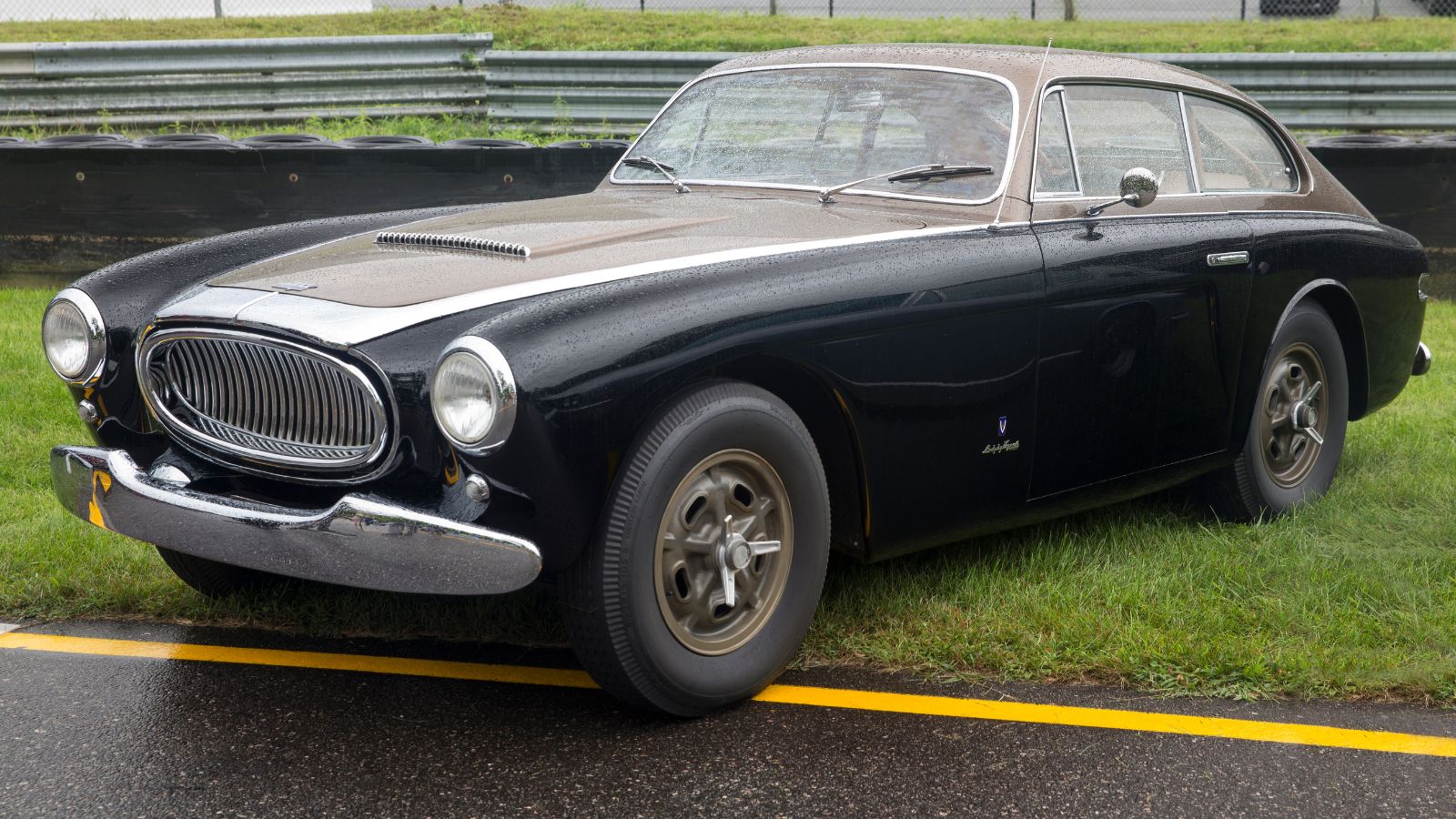
Wealthy sportsman Briggs Cunningham wanted to put America on the map at Le Mans, and his C3 road car was a step in that mission. The C3 combined an Italian body built by Vignale with a Chrysler Hemi V8 under the hood. It was elegant yet muscular, bridging European sophistication with American muscle. Only about 25 were built, and today they’re seven-figure collectibles when they appear at auction. Few enthusiasts outside the hardcore know about them, but they represent an early attempt at an American world-class sports car. Cunningham’s Le Mans dreams didn’t pan out, but his cars remain highly respected pieces of history.
25 Facts About Car Loans That Most Drivers Don’t Realize

Car loans are one of the most common ways people fund car purchases. Like any other kind of loan, car loans can have certain features that can be regarded as an advantage or a disadvantage to the borrower. Understanding all essential facts about car loans and how they work to ensure that you get the best deal for your financial situation is essential. Here are 25 shocking facts about car loans that most drivers don’t realize:
25 Facts About Car Loans That Most Drivers Don’t Realize
